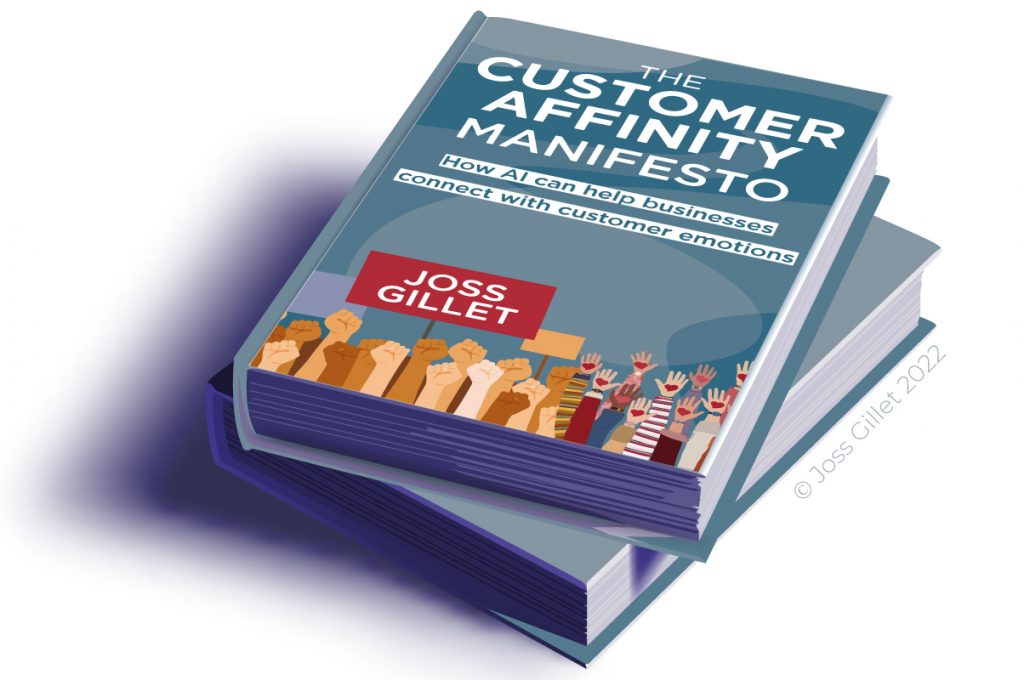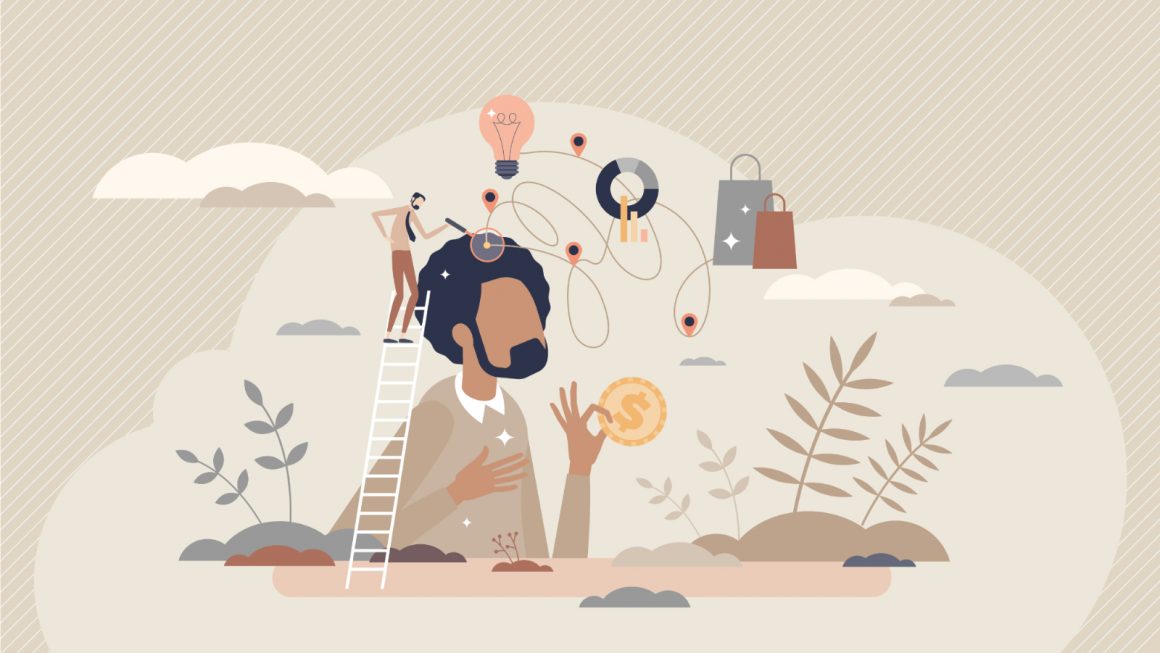Unless you’ve found an untapped niche segment or uncharted territories, the battle to gain and retain customers is a bloody one. In an ultra-competitive market environment, the pressure is high on business leaders and creative minds to prove that they can sustain business growth.
Over the years, marketing techniques have evolved to convince customers to join or stay. Fighting churn has been an obsession. A crusade many built entire careers around. But unfortunately, the primary techniques used tend to revolve around financial rewards that are not enough to survive.
The terms brand “loyalty” or “stickiness” keep coming back with an ambitious promise to convince customers to stick with your brand. But the reality stretches far beyond the typical loyalty programmes you have been used to.
The problem here is twofold. First, loyalty does not exist. Second, incentives are not made to tackle the real challenge. They do not create the kind of enduring customer to brand relationships that can help businesses adapt to the new reality they face since the pandemic.
Consumer behaviour has changed over the recent years, and I extensively cover this topic in my book The Customer Affinity Manifesto: How AI can help businesses connect with customer emotions. However, in this article the aim is to focus on why much greater value can be achieved when you make the organisational switch from customer loyalty to customer affinity.
Why is customer loyalty a myth?
Companies want repeat-purchase from customers. But loyalty programs and initiatives are only a desperate defensive move to react to customer churn. It does not focus on tackling the heart of the problem which is how to build enduring relationships with your customers?
The point is that customers will churn whatever you do. Curiosity will take them to greener pastures whether you like it or not. In this Furthr article, Andy Pemberton demonstrates it really well by investigating the buying patterns of beauty products. Pemberton explains that:
Light buyers deliver around half of all sales […] Studies show that brands with a greater proportion of light category buyers invariably are the ones with more market share. They are winning […] Loyalty cannot be relied upon because all brands lose customers. This process is known as leakage.
Another striking evidence is available in a paper written by Garth Hallberg. The marketing expert mentions a study by Brandz™ that shows that:
On average less than 10 per cent of UK consumers agree that there is only one brand they would ever consider in the category. The other 90 per cent would choose between several brands, based either on price or other qualities.
Customers have a large choice in front of them, and it only takes one-click to make a purchase. The problem is that loyalty programmes alone are doomed by default since they will not go the distance to win the long-term battle. They can help correct an effect driven by a specific event like a competitor launching a better deal. Still, they tend to focus on price as a main root incentive to stick with you, but price is only one root cause of discontent.
Hence, we should always start from the postulate demonstrated by data and science that there is no such thing as customer loyalty. With that in mind, so-called “loyalty programmes” are just incentives to influence a rational behaviour from a consumer. Hallberg added in his research that “repeat purchase per se has little or no impact on emotional loyalty”. To illustrate his point, he mentions a study by Henley Centre in the UK which reported that only about 12 per cent of participants in loyalty programmes agreed that the programme had “made them think more highly of the company.” Thereafter, Hallberg concludes that:
Any loyalty programme, by virtue of its reaching out to customers individually, makes them feel “special” and thus produces some modest emotional response […] But, generally speaking, only programmes which go beyond simple financial rewards and develop personal relevance and emotional response, win big in terms of bonding.
Why customer affinity prevails?
With a loyalty-centric approach, you aim for their wallet, whereas with affinity, you aim for emotions. With loyalty in mind, you aim for a rational short-term response, whereas with affinity at heart you aim for a long-lasting emotional response. Guess which one is better suited to build enduring relationships with customers?
Affinity is here so that CEOs can sleep on both ears at night. It’s built to make sure you have no regrets the day customer churn, since you know they will come back knocking at your door. Because you invested heavily on affinity, customers did not leave you because they hate you. Hence, for sure, they will come back. With affinity at the heart of your marketing decisions, you commit to a long-lasting and enduring relationship. You are not trying to force your customer to demonstrate a sense of loyalty that, by nature, does not exist. Instead, you are doing everything you can to force yourself to deliver on what makes customers tick and to adapt your brand values to theirs. We are talking here about a paradigm shift that many companies are starting to embrace and that delivers great results.
Hallberg mentions that:
At the highest level of emotional loyalty to a brand, consumers will buy at least twice as much as consumers just slightly less attached to the brand, and often three to four times more.
There are five statistics you should remember to make up your mind:
· 71% of customers agree that if they perceive a brand is putting profit over people, they will lose trust in that brand forever (Edelman Trust Index);
· In the UK alone, 74% of consumers consider brand values before purchasing (Feefo);
· 90% of customers will pay more for ethical retailers or brands that give back to society (KPMG research);
· 80% of consumers prefer buying from and into the brands whose actions align with their beliefs and values (KPMG research);
· 63% of customers want to buy from socially responsible companies (Zendesk).
How to get started with customer affinity?
One way to kick things off and get serious about investing in customer affinity is to identify the root causes of customer discontent. Part of that exercise involves collecting verbatim data generated by customers, assessing sentiment and assigning a root cause topic to each piece of feedback posted by customers. The aim is to map the current state of the emotional relationship customers share with your brand, i.e., are they happy? If not, why and what can I do to sort it out before troubles hit the fan?
Between 2018 and 2022, I worked on the Telcolingo study which aim was to understand what makes telcos’ customers tick and what drives them mad. I ended up monitoring circa 3 million comments written by customers on telcos’ social media channels. The learnings are fascinating and compiled in a book The Customer Affinity Manifesto: How AI can help businesses connect with customer emotions. I invite you to explore the conclusions and understand what drives “core” and “peripheral” root causes of customer discontent. People get emotional about your brand for reasons that go way beyond the obvious price or quality aspects of your brand, products and services. For telcos, I have identified 16 root causes of discontent, and I measured weekly which category was hurting telcos’ customer affinity and the events behind it. The method I introduced in the book works and can be applied by any business with a little bit of AI-powered help.
The book also concentrates on how consumer behaviour has changed over the past years. Customers are not getting more forgiving since the pandemic. It is quite the opposite. In its latest study, Zendesk clearly states that one unpleasant experience is still reason enough for many to consider taking their business elsewhere. To retain customers, or acquire new ones, all evidence points to the same conclusion: emotions matter and customer affinity is the new centre of interest.
Be ready to feel surprised by the root causes of customer discontent. There is no risk in either reading the book or testing the method for yourself. The best that can happen is that you’ll deepen the relationship between your customers and your brands. Yes, you are right, it’s definitely worth it.




One thought on “Customer Affinity vs. Loyalty: guess which one is a myth ?”